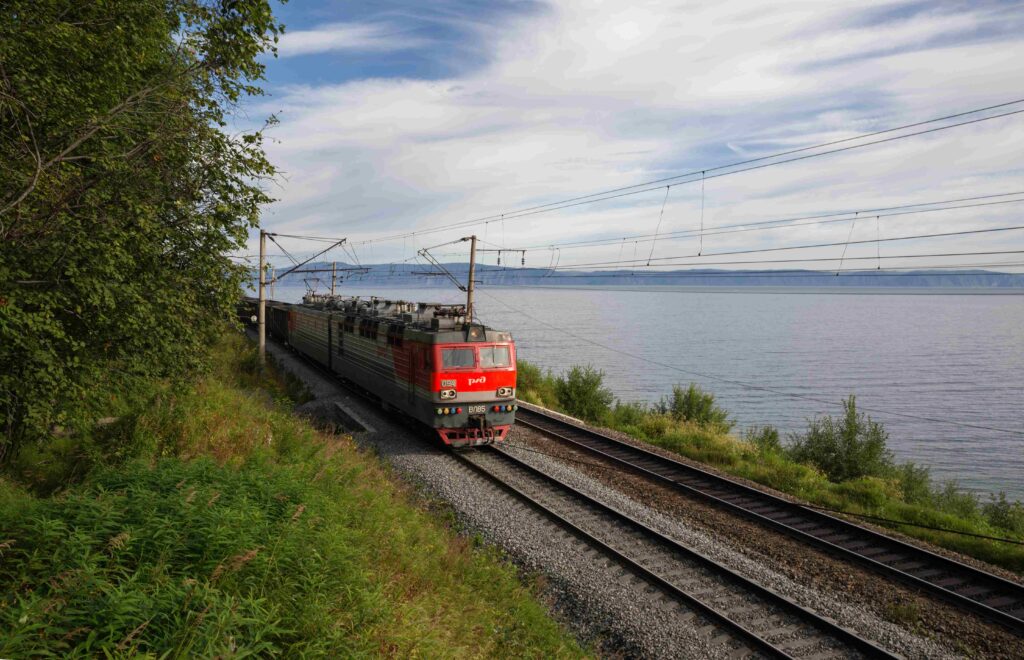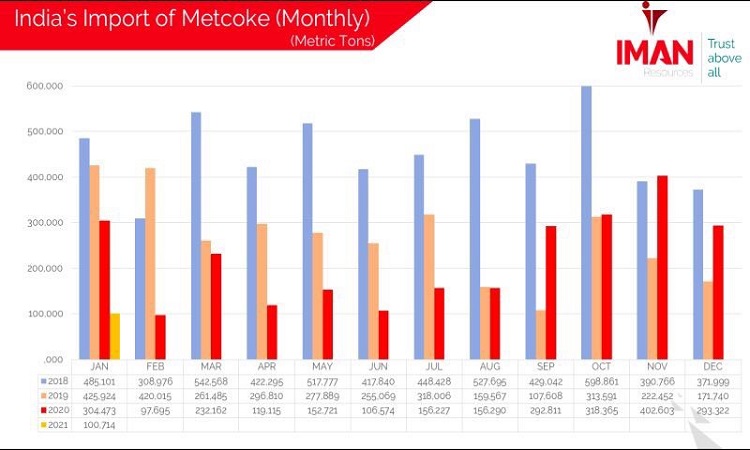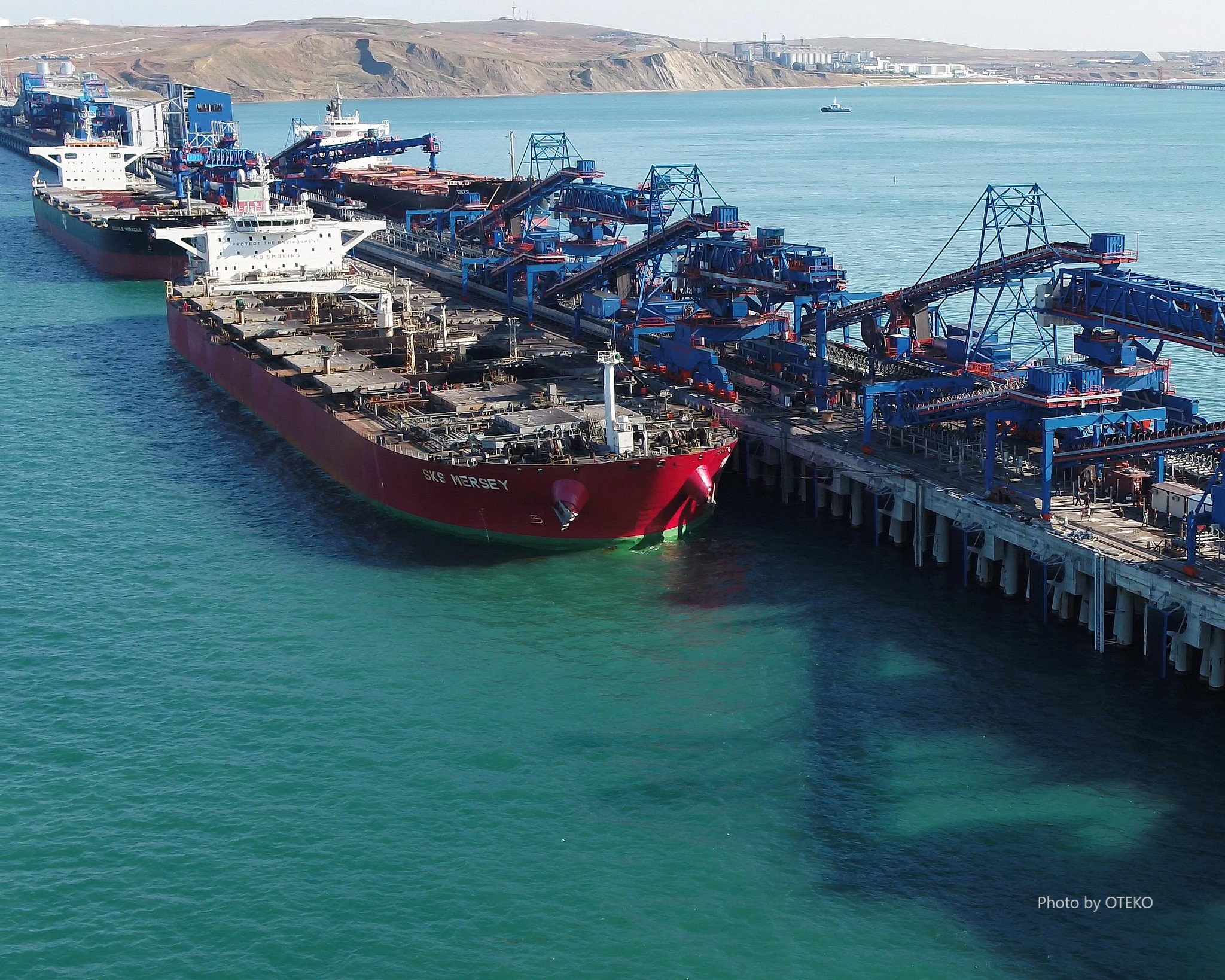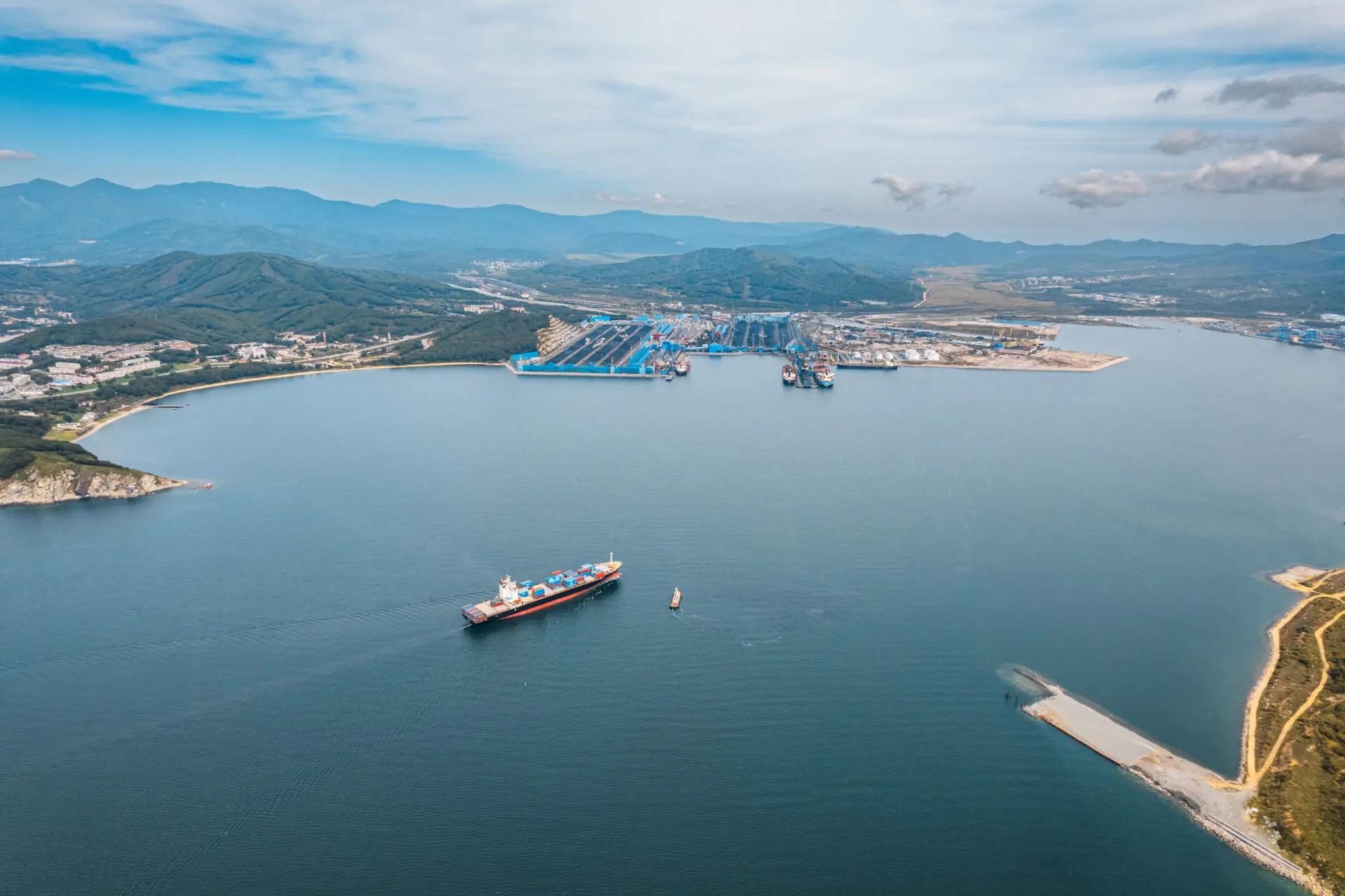

The Russian Academy of Sciences introduced an assessment of the North-Siberian Railway construction project, which is designed to link the Trans-Siberian Railway with the Northern Sea Route.
The total cost of the entire project may amount to 86 billion USD trillion with a payback period of 20 years.
Complicated sections of the railroad route are one of the factors affecting the higher cost of the railway. With the estimated cost of 1 km of the track at 7.4 mio USD, the construction on the mountainous section of the route will climb to 32 mio RUR per 1 km.
Currently under consideration there is a variant of the North-Siberian Railway leading towards the Arctic, to the port of Sabetta, as well as to the port of Lesosibirsk, located on the Yenisei River, from where it is planned to access the port facilities in the Angara-Yenisei basin. Thus, the route will have two exits to the Northern Sea Route.
Also, an option to connect the North Siberian Railway with the rail line from Siberia to China and Mongolia (Kyzyl – Kuragino) is envisaged. Construction of this rail link is also recognized as feasible. According to experts, both railroad options are estimated to have a payback period of 20 years, based on the current freight base. In June 2024, further estimates will be submitted, given the freight base to be formed with the infrastructure in place.
The regions of the Siberian Federal District have a need for a railroad alternative to the Trans-Siberian Railway, as once the reconstruction of the Eastern range is completed, its capacity will not enable it to accommodate a significant volume of cargos from Siberia, in particular coal and fertilizers.
Consideration of the possibility of the North Siberian Railway construction was assigned by the Russian President to the Cabinet of Ministers together with the government of the Kemerovo region, the Russian Academy of Sciences and Russian Railways (RZD) in October 2023.
The railway project emerged in the 50s, and in 2008 it was included in the strategy for the development of railway transportation until 2030.
Source: CAA













